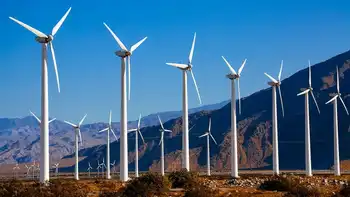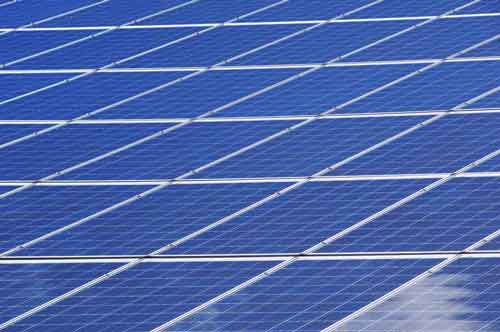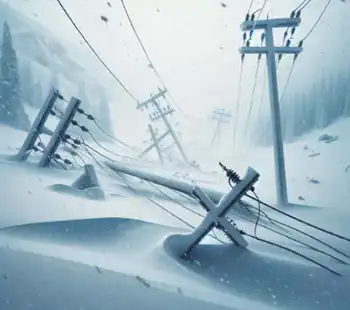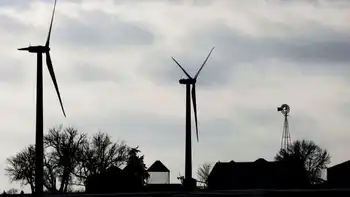U.S. Energy Bill Could Lead to Lower Natgas Prices
NEW YORK - - Forecasts for a tight natural gas market later this decade may have to be revised if Congress passes an energy bill next year that could increase supplies and promote the use of other fuels to produce power, industry experts said.
During the 1990s, gas was touted as cheap, abundant and clean and became the fuel of choice for almost all new homes and power plants built in the last 10 years.
But with dwindling output from North American fields unable to keep up with demand, some experts, noting record prices this year, say the bill is needed to avoid even higher prices that could stifle economic expansion.
``The growth in gas-fired generation over the last 10 years has tightened the market, and without an energy bill, we could see supply get even tighter,'' said Don Murry at Oklahoma consultants C.H. Guernsey & Co.
The $31 billion package, the first major energy overhaul in more than a decade, passed the House of Representatives last month but failed to get Senate approval because of controversy over a fuel additive linked to water contamination.
Though doubts remain about its chances of passing during an election year, the Bush administration and Republicans have vowed to try again early next year.
FINDING MORE SUPPLY
Recent data from the U.S. Energy Information Administration projects that by 2015 gas consumption will be up more than 20 percent to 28 trillion cubic feet.
During that period, production is expected to rise by just 13 percent, with the gap expected to be filled by more imports of liquefied natural gas if companies make the $100 billion in new investment needed over the next 10 years.
``We got $7 (per mmBtu) gas this year even though there's a lot of gas in storage. Looking out longer term, something needs to be done to increase supply,'' said Ben Smith, partner at natural gas data firm Enercast.com in Denver.
Through the 1990s, gas prices averaged about $2 but have steadily climbed since then as supply and demand tightened.
One way the bill tries to tackle supply concerns is through an $18 billion loan guarantee to build a pipeline to ship Alaska's vast natural gas reserves to the Midwest.
It would also speed the siting of other pipelines and spur drilling by offering royalty relief for small producers and tax incentives for some drilling in the Gulf of Mexico, an area that already provides a quarter of the U.S. gas supply.
SLOWING GAS DEMAND
At the same time, the bill tries to slow the growth in gas demand by boosting the use of coal, nuclear and other fuels to meet rising electricity needs, key to any economic expansion.
``We believe these provisions promoting increased coal and nuclear energy use could be a long-term negative on natgas spot prices,'' a UBS investment research report said.
``While we expect no short-term impact on natural gas demand, this represents a marked shift from previous energy policy of almost exclusively promoting increased natural gas for fueling incremental power projects,'' noted UBS analyst Bill Featherston in another report.
The bill contains tax incentives to cut coal-fired power plant emissions and encourages the building of new coal and nuclear generating plants.
It also attempts to boost the use of renewable fuels like wind and solar power.
But with gas likely to remain the favored fuel for homes, industry and utilities for the near future, some experts question the bill's ability to rein in gas demand.
``Coal and nuclear still have a negative image. People like natural gas. It's the fuel of choice, and I don't see that changing,'' Enercast.com's Smith said.
Related News

New fuel cell could help fix the renewable energy storage problem
LONDON - If we want a shot at transitioning to renewable energy, we’ll need one crucial thing: technologies that can convert electricity from wind and sun into a chemical fuel for storage and vice versa. Commercial devices that do this exist, but most are costly and perform only half of the equation. Now, researchers have created lab-scale gadgets that do both jobs. If larger versions work as well, they would help make it possible—or at least more affordable—to run the world on renewables.
The market for such technologies has grown along with renewables: In 2007, solar and wind provided just 0.8%…




